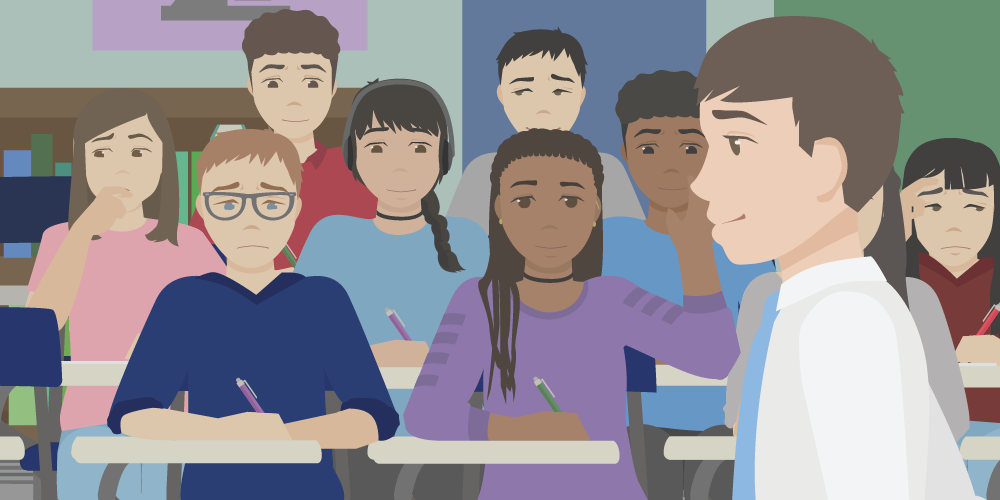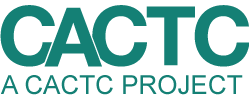Did you know that 7th-12th grade students in each Cortland County school district are surveyed EACH YEAR? If you attended high school in Cortland County anytime since 2002, chances are high that you sat nervously in your cafeteria (or gym, or homeroom) cupping your hand over the youth survey questions as your revealed your deepest darkest secrets to a scantron sheet.
What is the Youth Development Survey?
The YDS is a 138-question survey that Cortland County students take every fall. It asks about substance use habits, bullying, mental health and risk and protective factors related to problem behaviors in youth. The current YDS survey is a pre-determined survey tool that we’ve been using since 2015, but each year we are able to add additional questions to the end of the survey. This allows us to include questions specific to issues here in Cortland County!

Who Takes the Youth Development Survey?
The survey is given to 7th-12th graders in Cortland County school districts. Over the years, various combinations of schools have participated. Since 2015, Cortland, Marathon, McGraw, and Cincinnatus have participated each year. In 2019, Homer School District joined the group. In 2020, we collected over 1,800 student surveys – which is a very robust sample size!
Who uses data from the Youth Development Survey (besides CACTC)?
Each school district is provided their individual school data to incorporate into their planning as they see fit. Other agencies in the community, such as the Health Department and Cortland Prevention Resources, have use the data for reporting requirements and to identify health needs in the community for the Community Health Assessment.

How else can data from the Youth Development Survey be used?
The most valuable part of having yearly data from a robust sample of youth is the ability to measure whether or not programs are contributing to changes in the substance use behaviors of our youth and to measure trends over time.
At CACTC, all of our youth projects are evaluated each year based measures we’ve identified in the data. If we don’t see any changes, we can readjust our plans for the next year so we aren’t wasting time and resources on projects that don’t work. With over 20 years of data, we are able to easily and reliably track changes in the behaviors of our local youth.
We also use the data to help inform decisions about our media campaigns and how to reach kids. Last year, we used one of the additional questions to ask what social media platform kids used the most. The response was undeniably Snapchat! So now we focus most of our targeted advertising on Snapchat. Without the survey, we might funnel valuable resources into Instagram ads, or another less popular platform.



